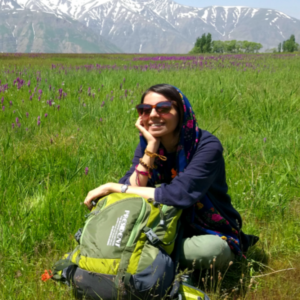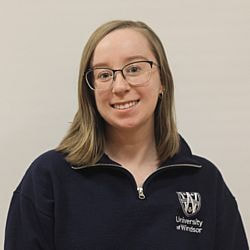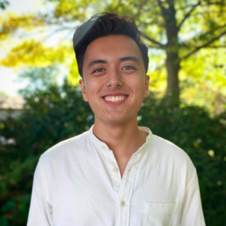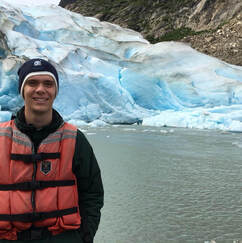Group picture on Dec. 18th, 2019 at CORe atrium.
Established in 2018
The Tong lab at Windsor officially started in August 2018 and moved into the second floor of the Essex Centre of Research (CORe) at the end of 2018. The CORe is a purpose-built research building that features open access lab space. The Tong lab shares lab space with other five great laboratories working in the fields of biophysics, cell biology, physiology, and proteomics.
At the University of Windsor, we pride ourselves in an unparalleled undergraduate research experience, with support from the University and the Faculty of Science in programs such as Outstanding Scholars, Ignite work-study, Connecting4Success and many others.
We have a small, but rapidly growing and tightly knitted research community in biochemistry and life sciences on campus. Graduate trainees have plenty of opportunities to closely interact with researchers in other fields.
We are always looking for talented, self-motivated individuals to join the lab. Please contact me at ytong (at) uwindsor.ca to discuss opportunities.
At the University of Windsor, we pride ourselves in an unparalleled undergraduate research experience, with support from the University and the Faculty of Science in programs such as Outstanding Scholars, Ignite work-study, Connecting4Success and many others.
We have a small, but rapidly growing and tightly knitted research community in biochemistry and life sciences on campus. Graduate trainees have plenty of opportunities to closely interact with researchers in other fields.
We are always looking for talented, self-motivated individuals to join the lab. Please contact me at ytong (at) uwindsor.ca to discuss opportunities.
EDI Statement
The University of Windsor is a signatory of the Dimensions Charter and hosted the first Canadian LGBTQ+ in STEM conference. We are well aware of, commit to, and strongly support equity, diversity and inclusion. Our lab space at the Essex Centre of Research (CORe) is handicap-accessible.
Team Leader
Yufeng Tong
|
Dr. Tong got his Ph.D. in Molecular Biology and Biochemistry at the Institute of Biophysics, Chinese Academy of Sciences, Beijing, China. He has training in protein nuclear magnetic resonance (NMR) spectroscopy and X-ray crystallography. He was a principal investigator at the Structural Genomics Consortium (SGC) Toronto before he joined the Department of Chemistry and Biochemistry at the University of Windsor.
|










